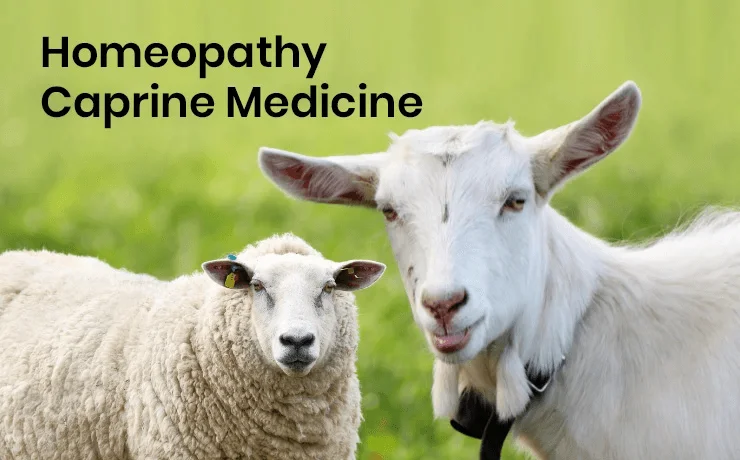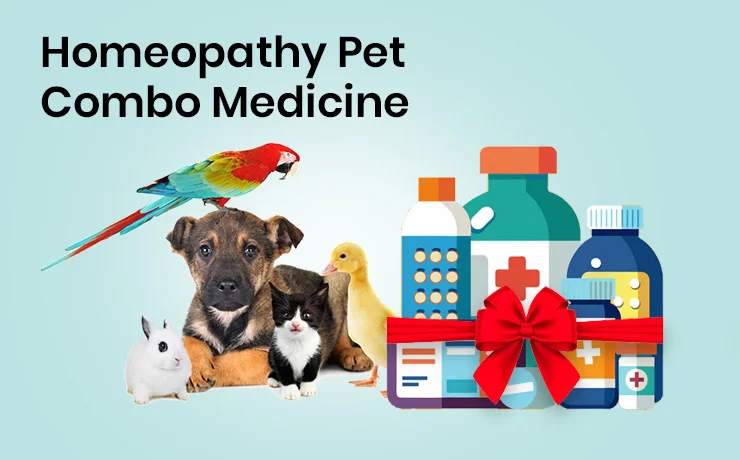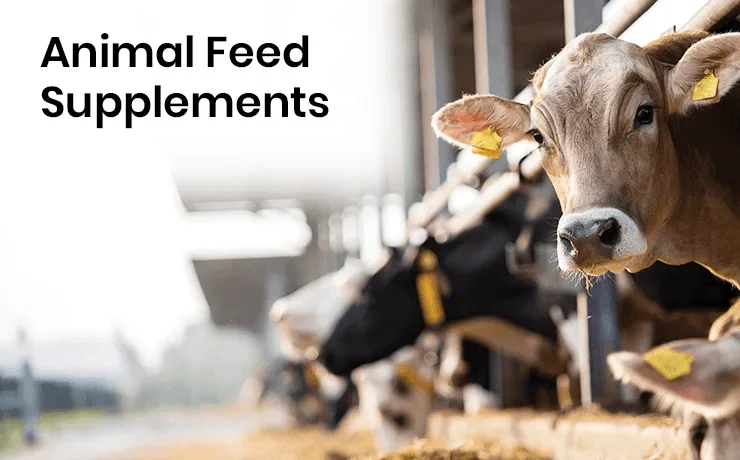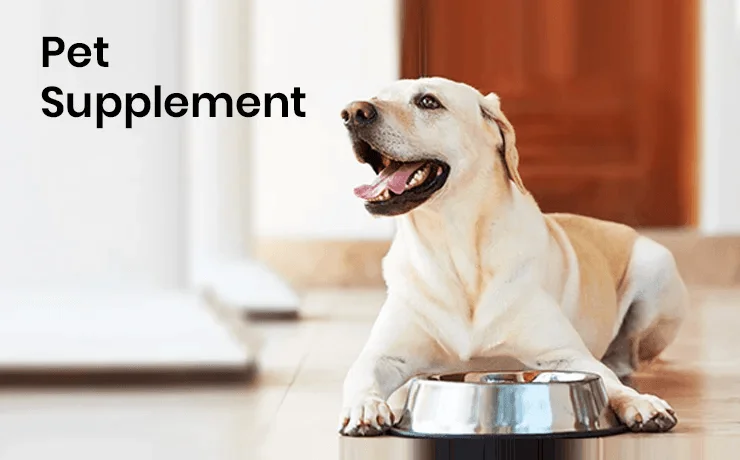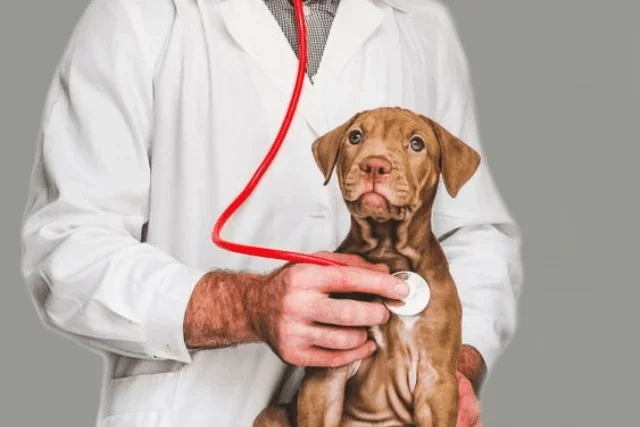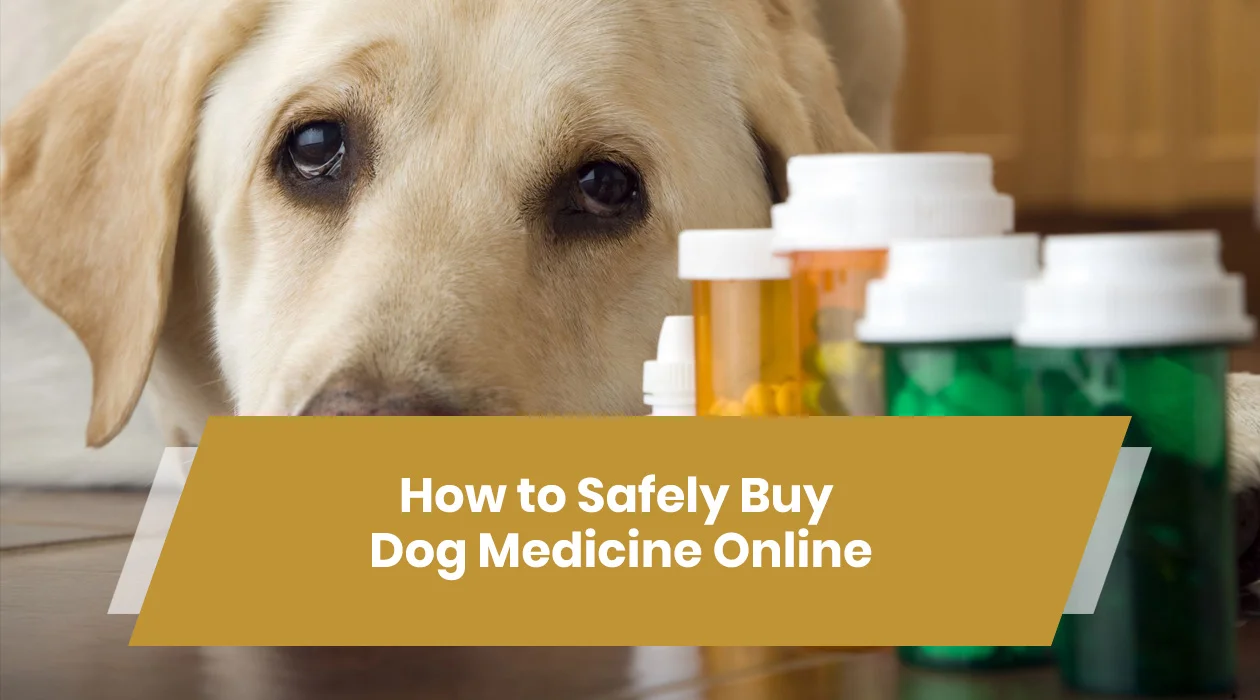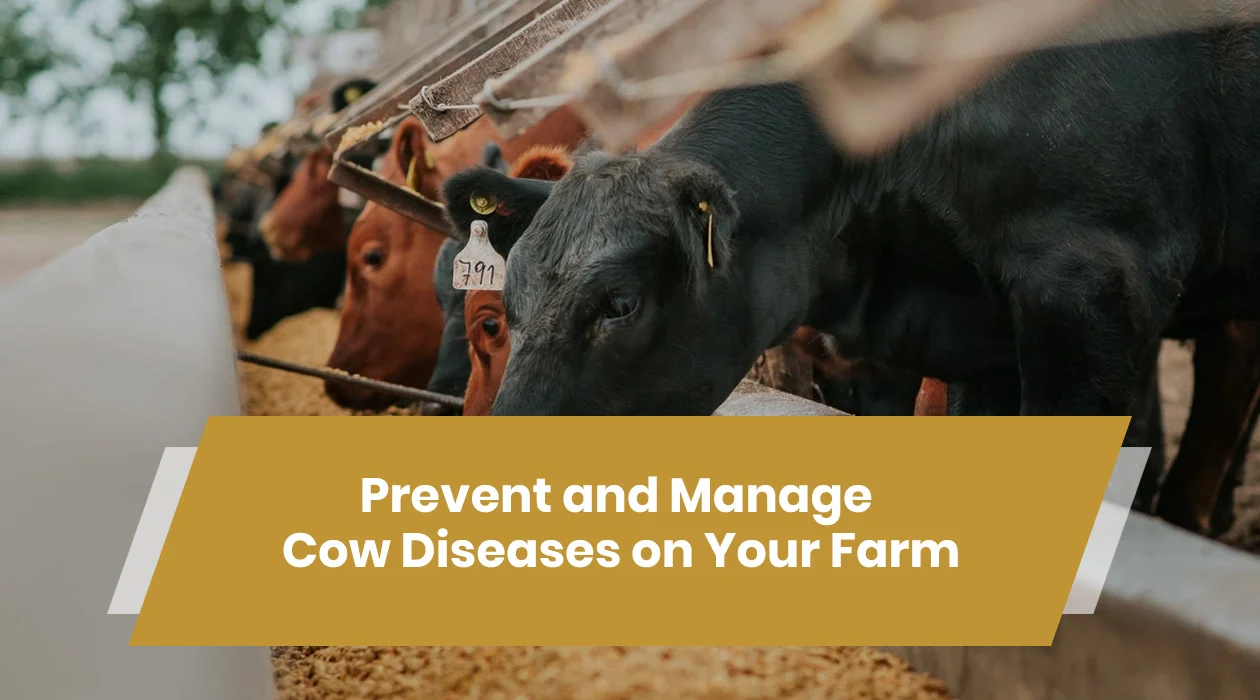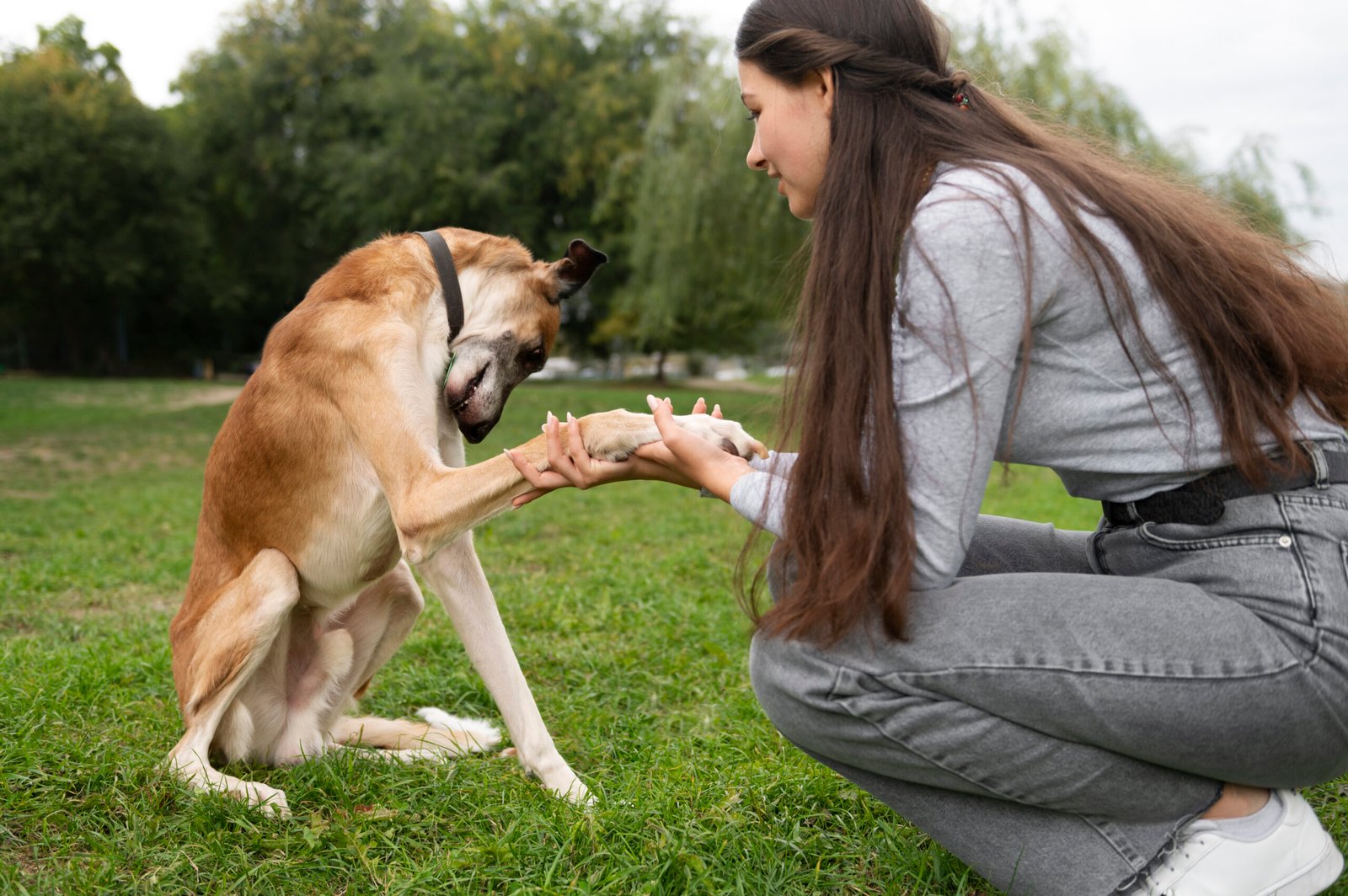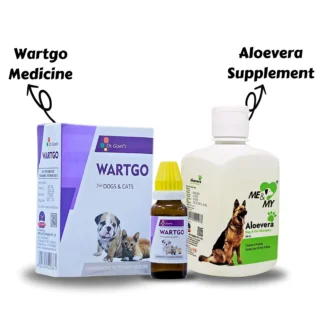Veterinary Products for Common Pet Ailments

Regarding pets, we see them as our constant companions and more than just feeding and cuddling and showering them with love. Like any other animals, pets are also prone to developing several diseases, and it becomes crucial to know how those diseases should be managed with the appropriate veterinary supplies. This blog will detail the primary diseases the pets may develop and the related veterinary products that are obtainable, whether through veterinary products online or any other online sources.
Common Pet Ailments and the Role of Veterinary Products
Animals also get sick, much like humans, and using appropriate products to handle such conditions is often necessary. The ideal animal veterinary products can make a difference from a simple infection to a major disease. Here are some common pet ailments and how veterinary products can help:
- Fleas and Ticks
Fleas and ticks are recurring issues pet owners must deal with more often, especially if the pet spends much time outside the house. These pests can be uncomfortable and itchy and, if not treated early, can even cause the primary host to develop other complications.
Flea and tick control products for pets are available in spot-ons, systemic, and shampoos to eliminate fleas or ticks in pet animals. These veterinary products may be purchased online, and there are more brands available than those found locally. To avoid the inconvenience, more pet owners run to an online pharmacy to buy the right flea and tick control products.
- Ear Infections
Another common problem is ear infections caused by bacteria or yeast or an allergic reaction. They include itching, redness of the skin, and the anus has a foul smell.
Ear infections may require the use of animal veterinary cleaning solutions and medication. These products assist in controlling the infection and relieving undesirable symptoms. Several websites selling pet medicines may have specific products for pets’ ears, making the process easier with the right solution.
- Digestive Issues
Pets suffer from digestive disorders like diarrhea and constipation, which, if left unattended, can be painful. Such problems may be due to changes in diet, infections, or other illnesses.
Veterinary Medicine Online India provides products for gut disorders, including probiotics, anti-diarrhea compounds, and fiber sources. When it comes to any health issues in the digestive system, it is advisable to purchase products for vet care online to provide the right treatment to your pet.
- Skin Conditions
Some of the skin disorders that are common among pets are allergies, dermatitis, and hot spots. These problems usually result in itching, redness, and hair loss.
Skin treatments for animals include shampoo creams in tablets formulated for animals and for treating the skin. Buying such medicines through an online pharmacy for pets is also beneficial as there is a wider variety of products available, and purchasing them does not necessarily mean leaving home.
- Joint and Mobility Problems
Pain in joints or movement problems in pets could be due to age factors, especially in large dogs or cats. Diseases such as arthritis affect the quality of life and may reduce the normal immobile period to almost zero.
There are many animal veterinary care products for joint and mobility issues, such as joint mobility supplements, pain relievers, and anti-inflammatories. Most of the veterinary products sold online are available in pet-specific formulations, hence providing relief from discomfort.
- Dental Issues
For animals, oral health is very important, as gum disease and tooth loss are common problems due to improper tooth care. Several diseases prevalent in the oral cavity are termed dental diseases, and they include tartar deposits, gingivitis, and breath halitosis.
Other dental chews, toothpaste, and rinses can be bought online to maintain pets’ oral health. These veterinary products can easily be purchased online to prevent dental issues and keep pets’ teeth clean.
- Respiratory Problems
Illnesses that cause cough or sneeze are infections, allergies, or irritation caused by an intensification of certain environmental conditions.
Some veterinary products for respiratory issues include cough-prohibiting medications, anti-histamine drugs, and nebulizers. Most of these products can be found in veterinary medicine online in Indian stores, so managing your pet’s respiratory system is now easier than ever.
How to Choose the Right Veterinary Products Online
At the same time, when buying veterinary products with the help of an internet connection, it is crucial to use only quality products that will be effective. Here are some tips for selecting the right animal veterinary products:
- Consult Your Veterinarian: Online pet pharmacies can be accessed any time and the purchase of any pet medicines should be discussed with a vet first. They can advise the customer according to the current health status of the pet, and advise the customer where to get the right products.
- Choose Reputable Online Pharmacies: When choosing a pharmacy to order pet medications online, focus on its popularity among customers and positive feedback. Reputable sites allow individuals to access authentic, quality vet products.
- Verify Product Ingredients: Always cross-reference the ingredients of the veterinary products to be used by the pet to determine if they are appropriate for the condition being experienced by the pet. Sneak other products with either toxic ingredients or whose efficacy is yet to be proven into the market.
- Compare Prices: One of the main reasons for purchasing veterinary products online is convenience; another is the ability to compare the offer and buy a particular product at a fair price without sacrificing quality.
- Read Reviews: Some essential aspects of information that may be gathered from customer reviews include the impact of the products and the efficiency and credibility of the internet-based pharmacy. Read some reviews found in blogs or social media pages by other people who have used those products.
Conclusion
Every pet owner must understand some of the typical diseases affecting animals and the appropriate treatment using veterinary products. Regarding veterinary products, numerous options for fleas and ticks, solutions for ears, joint supplements, and many more are available on the internet. When you select the correct animal veterinary products from trusted wholesalers, online vet stores, or vet products online or pet medicines online stores, your pets will receive the appropriate care they require. It is always wise to seek advice from your vet before beginning any new treatment, and online pharmacies can be very convenient and provide a wide range of options to ensure your pet remains healthy.
 Australian Shepherd
Australian Shepherd Beagle
Beagle Belgium Shepherd
Belgium Shepherd Bernese Mountain Dog
Bernese Mountain Dog Border Collie
Border Collie Boxer
Boxer Bulldog
Bulldog Cavalier King Charles Spaniel
Cavalier King Charles Spaniel Chihuahua
Chihuahua Cocker Spaniel
Cocker Spaniel Dachshund
Dachshund Doberman Pinscher
Doberman Pinscher Dogo Argentino
Dogo Argentino French Bulldog
French Bulldog German Shepherd
German Shepherd Golden Retriever
Golden Retriever Great Dane
Great Dane Himalayan Shepherd
Himalayan Shepherd Indie Dogs
Indie Dogs Labrador Retriever
Labrador Retriever Pakistani Bully
Pakistani Bully Pembroke Welsh Corgi
Pembroke Welsh Corgi Pitbull
Pitbull Pomeranian
Pomeranian Poodle
Poodle Pug
Pug Rottweiler
Rottweiler Shih Tzu
Shih Tzu Siberian Husky
Siberian Husky Yorkshire Terrier
Yorkshire Terrier Abyssinian
Abyssinian American Bobtail
American Bobtail American Shorthair
American Shorthair Balinese Cat
Balinese Cat Bengal Cat
Bengal Cat Birman
Birman Bombay Cat
Bombay Cat British Longhair
British Longhair British Shorthair
British Shorthair Burmese Cat
Burmese Cat Devon Rex
Devon Rex Exotic Shorthair
Exotic Shorthair Himalayan Cat
Himalayan Cat Maine Coon
Maine Coon Oriental Shorthair
Oriental Shorthair Persian Cats
Persian Cats Ragdoll
Ragdoll Scottish Fold
Scottish Fold Siamese Cat
Siamese Cat Siberian Cat
Siberian Cat Sphynx Cat
Sphynx Cat





















